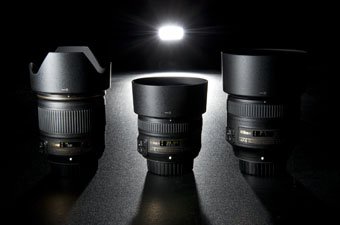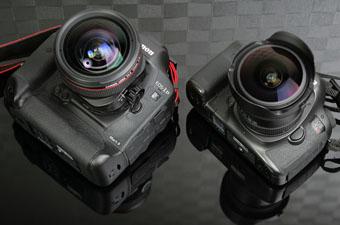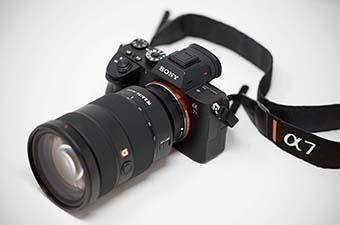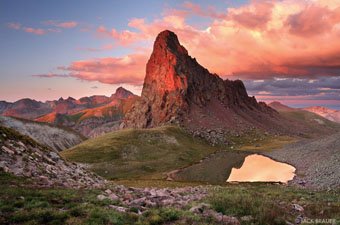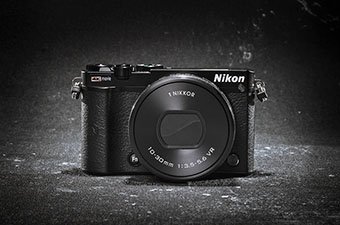The Olympus OM-D E-M5 had a long reign near the top Olympus’ mirrorless camera lineup. In 2015 it was replaced by the new OM-D E-M5 Mark II, but the E-M5 is a still a great option and selling at lower prices than ever before. In addition to Olympus’ growing number of lens options, Panasonic’s Micro Four Thirds lenses are fully compatible. When choosing lenses for the OM-D E-M5, remember that the camera has a 2x crop factor, meaning that you should double the focal length for the equivalent on a 35mm camera (a 25mm Micro Four Thirds lens is equivalent to a 50mm lens on a 35mm camera, etc.).
Olympus OM-D E-M5 Kit Lens
Olympus 12-50mm f/3.5-6.3 ($1,099)
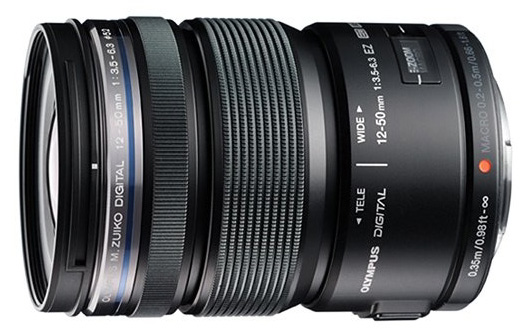 Weight: 7.5 oz.
Weight: 7.5 oz.
Max Aperture: f/3.5
Pros: Versatility.
Cons: Low light performance.
The Olympus 12-50mm f/3.5-6.3 is sold with the OM-D E-M5 for $1,099 total, which represents a savings of around $150. With an equivalent focal length of 24-100mm, this is a versatile everyday lens that covers the majority of the most used focal lengths (you’ll need a telephoto zoom for a complete set-up). The biggest weakness of the Olympus 12-50mm is a maximum aperture of f/3.5—those who frequently shoot in low light may prefer the new Olympus 12-40mm f/2.8 Pro or one of the faster prime lenses below.
See the Olympus 12-50mm
Wide-Angle Lenses
Olympus 9-18mm f/4.0-5.6 ($699)
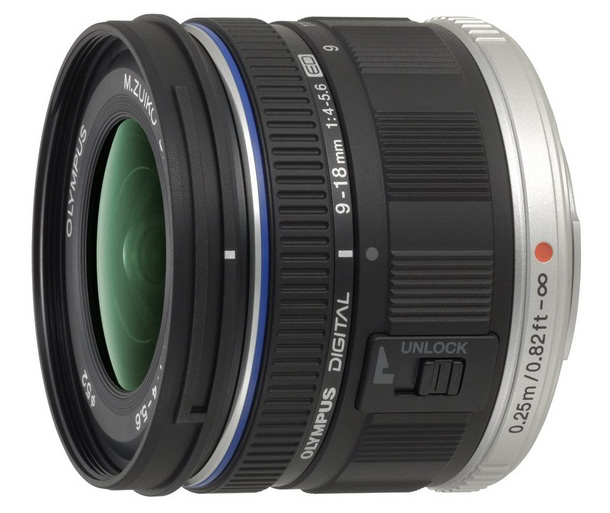 Weight: 5.6 oz.
Weight: 5.6 oz.
Max Aperture: f/4.0
Pros: Lightweight and relatively cheap.
Cons: Distortion at the wide end, low light performance.
For a wide-angle zoom lens to pair with the OM-D E-M5, we prefer the Olympus 9-18mm f/4.0-5.6 over the more expensive Panasonic Lumix 7-14mm below. The Panasonic is slightly faster and sharper, but unless cost is not an issue, it’s hard to justify spending upward of $1,000 for a Micro Four Thirds lens with a maximum aperture of f/4.0 (this exceeds the cost of superior wide-angle zoom lenses for DSLRs). The Olympus 9-18mm is compact for a wide-angle zoom and produces good images that should satisfy the majority of photographers.
See the Olympus 9-18mm
Panasonic Lumix 7-14mm f/4.0 ($852)
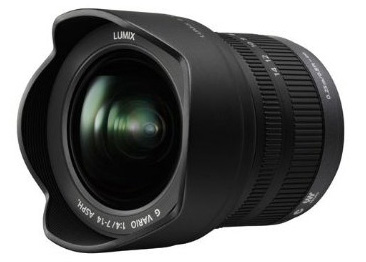 Weight: 10.6 oz.
Weight: 10.6 oz.
Max Aperture: f/4.0
Pros: Ultra-wide angle capability.
Cons: Cost, low light performance.
For professionals and enthusiasts, the Panasonic Lumix 7-14mm f/4.0 is the top wide-angle zoom lens available for the OM-D system. Its main shortcoming is the considerably higher price tag than the Olympus 9-18mm above, but discerning photographers will appreciate the sharpness, build quality, and outstanding images produced by the Lumix 7-14mm. The integrated hood is a nice feature as well.
See the Panasonic Lumix 7-14mm
Olympus 12mm f/2.0 ($799)
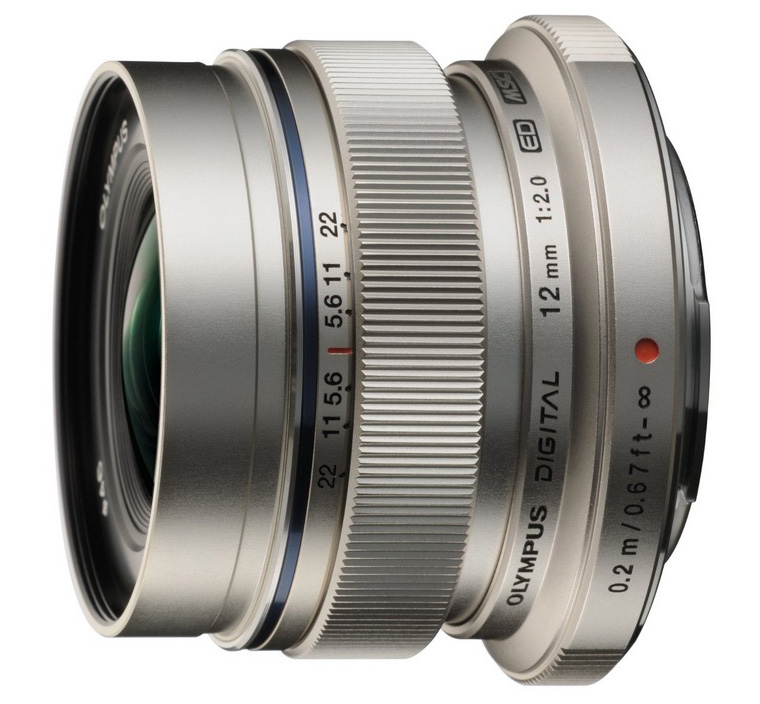 Weight: 4.6 oz.
Weight: 4.6 oz.
Max Aperture: f/2.0
Pros: Exceptional optics, weight .
Cons: Cost, not as wide as the wide-angle zooms above.
For those who frequently shoot in low light, the Olympus 12mm f/2.0 is the top prime wide-angle lens for the OM-D E-M5. With an equivalent focal length of 24mm on a 35mm camera, the lens is sharp, fast, and features a sturdy all-metal construction. At only 4.6 ounces, a lens of this caliber is one of the reasons to own a Micro Four Thirds camera system.
See the Olympus 12mm
Everyday and Portrait Lenses
Olympus 17mm f/1.8 ($499)
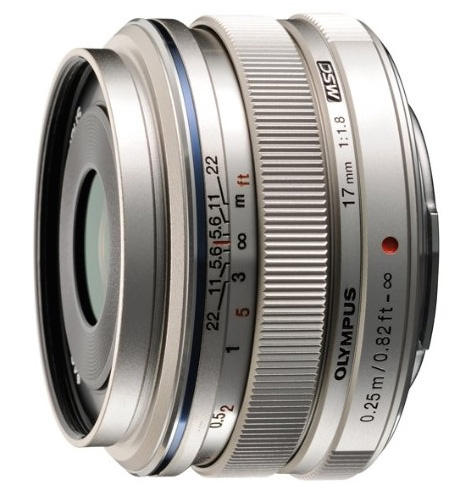 Weight: 4.3 oz.
Weight: 4.3 oz.
Max Aperture: f/1.8
Pros: Low light performance and autofocus.
Cons: Cost.
If you shoot travel or street photography, the Olympus 17mm f/1.8 is a terrific all-around lens with a focal length equivalent of 34mm on a 35mm camera. The lens is sharp, has fast autofocus, great bokeh, and a quality metal build (despite weighing only 4.3 ounces). The Olympus 17mm f/1.8 is available in a kit with the OM-D E-M5 for $1,399 total, which includes a metal hood and metal cap reminiscent of the popular FujiFilm retro styling. Those looking for a cheaper option should try the Olympus 17mm f/2.8.
See the Olympus 17mm
Panasonic Lumix 20mm f/1.7 II ($428)
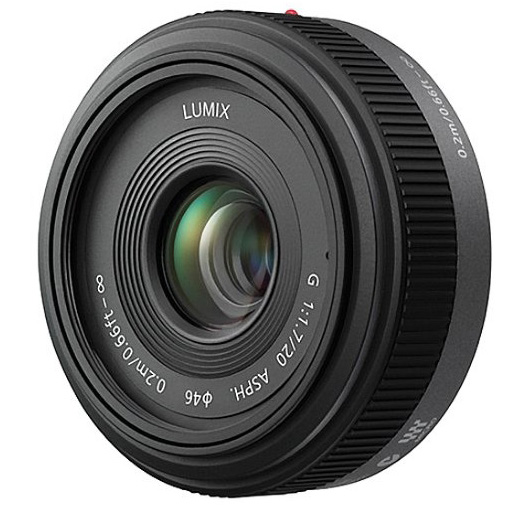 Weight: 3.5 oz.
Weight: 3.5 oz.
Max Aperture: f/1.7
What we like: Compact size, sharpness, low light performance.
What we don't: 40mm equivalent focal length.
The Panasonic Lumix 20mm f/1.7 II is one of the more popular Mirco Four Thirds lenses on the market (the original version had banding issues when shooting high ISO images and thus was replaced). This pancake-style lens is extremely light at only 3.5 ounces, and despite its compact size, boasts impressive sharpness, bokeh, and low light performance. Our only real concern is the 40mm equivalent focal length, which is slightly less wide than we prefer for street photography, but not quite close enough for most portraiture. But that’s being nitpicky for a great all-around pancake lens.
See the Panasonic Lumix 20mm
Panasonic Leica Summilux 25mm f/1.4 ($529)
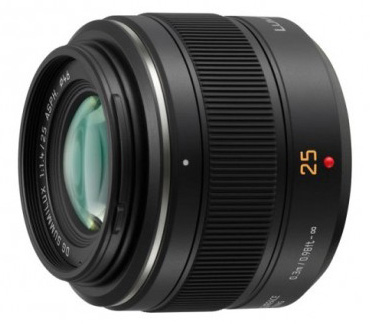 Weight: 7.1 oz.
Weight: 7.1 oz.
Max Aperture: f/1.4
Pros: Sharpness and low light performance
Cons: None
Leica makes some of the finest lenses on the planet—the Panasonic Leica 25mm f/1.4 is the premier portrait lens to pair with the Olympus OM-D E-M5. With a focal length equivalent of 50mm, this lens produces outstanding photos and videos including the best low light performance on this list, fast and accurate autofocus, and excellent sharpness (even wide open). Over $500 is a lot to spend for a prime, but if 50mm equivalent is your focal length of choice, we think this lens is worth it.
See the Panasonic Leica 25mm
Olympus 12-40mm f/2.8 Pro ($999)
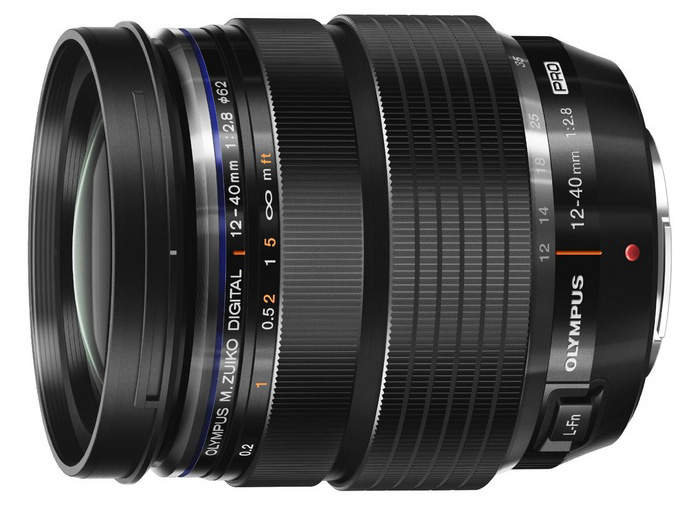 Weight: 13.5 oz.
Weight: 13.5 oz.
Max Aperture: f/2.8
Pros: Impressive low light performance for a zoom lens.
Cons: Cost.
The Olympus 12-40mm f/2.8 Pro was built to pair with the new Olympus OM-D E-M1. It’s an impressive lens, featuring high-quality glass, a maximum aperture of f/2.8 throughout its zoom range, solid metal construction, weather sealing, and a nifty manual focus ring. With a focal length equivalent of 24-80mm on a 35mm camera, it’s an ideal travel and portrait lens for both Olympus OM-D models. Another option for a mid-range zoom, albeit pricey, is the Panasonic Lumix 12-35mm f/2.8.
See the Olympus 12-40mm Pro
Telephoto Zoom Lenses
Panasonic Lumix 45-175mm f/4.0-5.6 ($378)
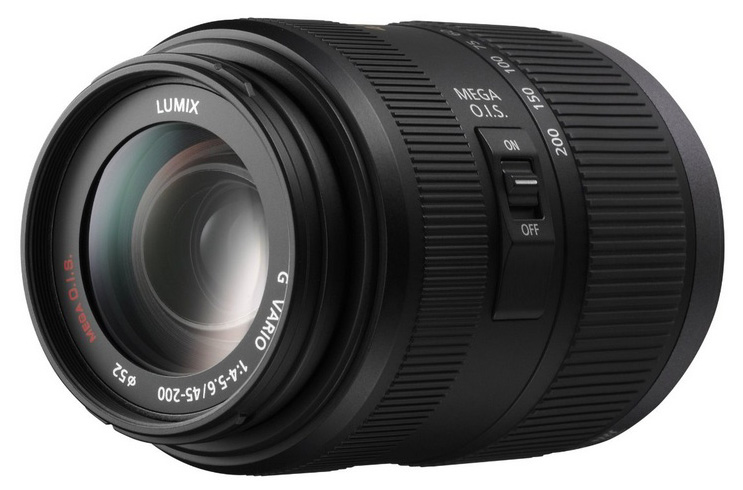 Weight: 7.4 oz.
Weight: 7.4 oz.
Max Aperture: f/4.0
Pros: Great value, lightweight for a telephoto zoom.
Cons: Low light performance.
With a focal length equivalent of 90-350mm on a 35mm camera, the Panasonic 45-175mm lens has a longer range than most telephoto zooms for DSLRs. This lens offers a lot of bang for your buck—the autofocus is relatively fast compared to similar lenses, distortion and light falloff are within reason, and the lens is sharp, especially at the heart of the zoom range. It’s also lightweight and features optical image stabilization. An even cheaper telephoto option is the Olympus 40-150mm f/4.0-5.6.
See the Panasonic Lumix 45-175mm
Olympus 40-150mm f/4.0-5.6 ($181)
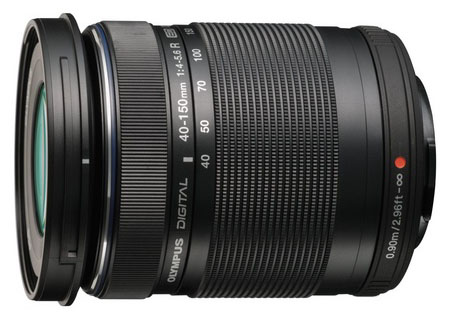 Weight: 6.7 oz.
Weight: 6.7 oz.
Max Aperture: f/4.0
Pros: Weight, cost
Cons: Durability, low light performance
A nice budget telephoto zoom for the OM-D E-M5 is the Olympus 40-150mm f/4.0-5.6. With a lower price tag comes a plastic build and mount, but overall the lens is sharp, has fast and accurate autofocus, and captures good images (particularly in normal light). It’s also lightweight for a lens of its type at only 6.7 ounces.
See the Olympus 40-150mm

